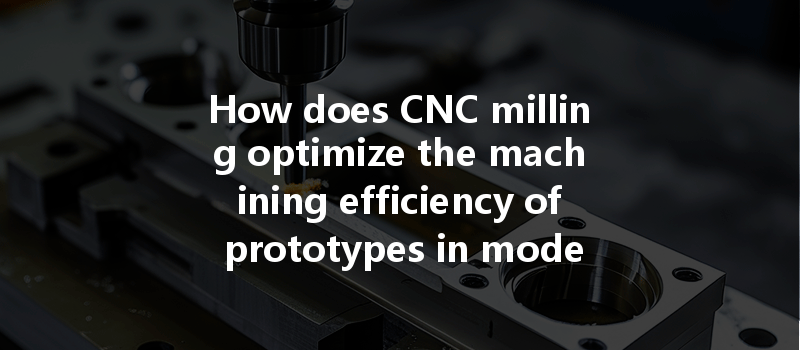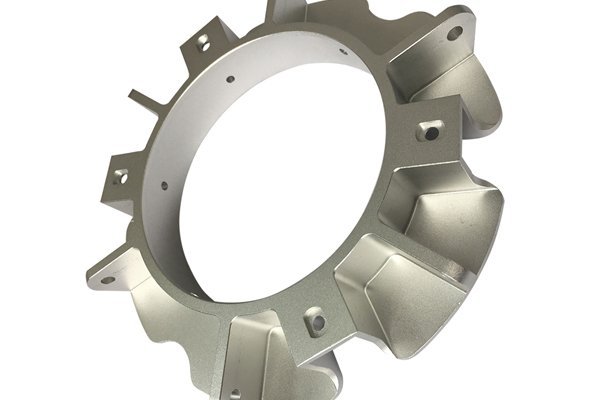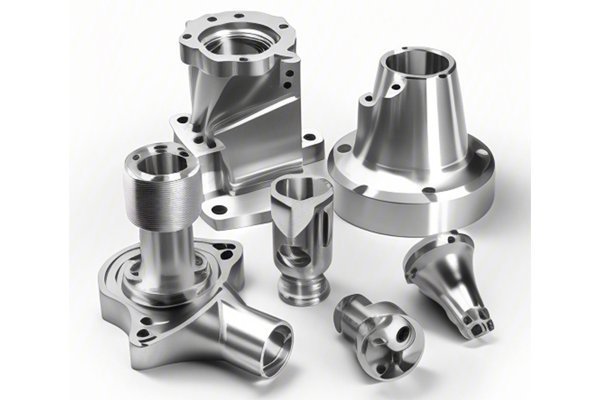Have you ever wondered how prototype development has drastically shortened in timeline while increasing in precision over recent years? In today’s fast-evolving manufacturing landscape, designers and engineers can now iterate and refine their ideas faster than ever before, thanks to advancements in CNC milling technology. In fact, recent statistics indicate that companies employing CNC milling services are able to reduce their prototype delivery times by up to 75%, leading to faster product launches and time-to-market advantages.
In this comprehensive blog, we’ll explore how CNC milling enhances the efficiency of machining prototypes, act as a catalyst for innovation, streamline production processes, and optimize resources. We will delve into the intricacies of CNC milling, compare it with other machining processes, and discuss best practices that can further enhance prototype manufacturing. With the right techniques in your toolkit, you can leverage CNC milling to not only meet but exceed your prototype development goals.
What is CNC Milling?
CNC (Computer Numerical Control) milling is a sophisticated machining process that utilizes computer-controlled machines to remove material from a solid block (workpiece) using rotary cutting tools. This process enables the production of highly complex and detailed parts, ranging from simple designs to intricate geometries.
By inputting a digital design file into a CNC milling machine, automated precision cutting is performed, delivering high-quality prototypes that mirror the design specifications with incredible accuracy. CNC milling is particularly favored in prototype manufacturing for its ability to create one-off designs efficiently while maintaining close tolerances.
The Importance of Prototyping in Modern Manufacturing
Prototyping has become an essential step in the product development lifecycle. Here are a few reasons why it holds immense significance:
CNC milling serves as an effective solution to address the common challenges faced in the prototyping phase.
How CNC Milling Optimizes Machining Efficiency of Prototypes
Now that we understand the significance of prototyping, let’s explore specific ways in which CNC milling optimizes machining efficiency.
CNC milling machines are capable of producing parts with extremely high precision. They can achieve tolerances as tight as ±0.001 inches. This accuracy minimizes the risk of errors and the need for rework, ensuring that prototypes can be directly tested without extensive adjustments.
Solution: Implement advanced CAD/CAM software to optimize design files for CNC milling, minimizing potential discrepancies in dimensions.
With the ability to process intricate shapes and features, CNC milling excels at creating complex geometries that would be extremely difficult or impossible with traditional machining methods. This capability allows designers to bring their most innovative concepts to life.
Solution: Utilize multi-axis CNC milling machines, which provide the flexibility to work on multiple faces of a workpiece, cutting down on setup time for complex parts.
CNC milling can work with a wide range of materials, including metals, plastics, composites, and wood. This versatility enables engineers to choose the right material based on functional requirements and cost constraints.
Solution: Carefully select the material that best meets the prototype’s functionality, considering factors such as strength, weight, and thermal properties.
CNC milling machines operate at high speeds, facilitating quicker production cycles. Once a design file is uploaded, the machine can run uninterrupted, which significantly reduces the manufacturing time compared to manual machining.
Solution: Optimize machining parameters, such as cutting speed and feed rate, by relying on previous data and best practices, thereby maximizing efficiency and output.
Because CNC milling is a subtractive manufacturing process, it can significantly reduce material waste. Only the necessary material is removed from the workpiece, resulting in lower costs and a more sustainable production model.
Solution: Employ Design for Manufacturing (DFM) principles to enhance parts’ layouts and nesting during production, further minimizing waste.
CNC milling allows for automation of the entire machining process, increasing consistency and repeatability. Following a set program means every part can be produced to the same high standard, reducing variations.
Solution: Implement automated inspection systems to continuously verify quality throughout the milling process.
Comparison with Other Machining Processes
To appreciate the advantages of CNC milling further, it is beneficial to compare it with other machining processes.

CNC Milling vs. Manual Machining
CNC Milling vs. 3D Printing
Best Practices to Enhance CNC Milling Efficiency in Prototypes
Implementing best practices can significantly boost CNC milling efficiency. Here are several recommendations:
Ensure that your machinists and engineers are proficient in the latest CNC programming software and machining techniques. Regular training sessions can help staff stay updated on technological advancements.
Utilize advanced CAD/CAM software to create detailed design files that maximize the efficiency of the CNC milling process. This should include optimizations for tool paths, feeds, and speeds.
Conduct routine checks and maintenance on milling machines to ensure they are operating at optimal performance. Addressing issues before they escalate helps in preventing downtime.
Incorporate rapid prototyping techniques that permit quick testing and feedback. Leverage CNC milling to produce parts that undergo various functional tests efficiently.
Encourage communication among design, engineering, and manufacturing teams. Shared insights can help refine prototypes and streamline the overall workflow.
Consider the need for post-processing treatments, such as anodizing or surface finishing, to enhance durability and aesthetics, which add value to the final product.
Real-World Applications of CNC Milling in Prototype Development
CNC milling is widely utilized across various industries, showcasing its capabilities in prototype development. Here are a few case studies:
Case Study 1: Aerospace Industry
A leading aerospace manufacturer employed CNC milling to produce the prototypes of complex engine components. The result was a 60% reduction in prototype development time, enabling the company to meet regulatory approvals faster and push into production ahead of competitors.
Case Study 2: Medical Devices
A medical technology startup used CNC milling to develop prototypes of surgical instruments. The precision achieved through CNC machining facilitated regulatory compliance, enabling the startup to secure funding and present functional devices to potential investors.
Case Study 3: Automotive Industry
An automotive OEM utilized CNC milling for their rapid prototyping phase of electric vehicle components. The rapid iterations allowed for testing various configurations efficiently, resulting in a fully developed prototype within a fraction of the anticipated time.
The advancement of CNC milling technology has transformed prototype development, enabling manufacturers to optimize their machining processes for maximum efficiency and accuracy. By leveraging the capabilities of CNC milling, companies can reduce costs, eliminate waste, and speed up their time-to-market, granting them a competitive edge in today’s fast-paced world.
Remember that CNC milling is not just about precision; it encompasses an entire ecosystem of interdependent variables that come together to streamline production. By employing the techniques discussed in this blog, companies can not only enhance their CNC milling processes for prototype manufacturing but also foster a culture of innovation and continuous improvement.
As you consider the kind of products you want to bring to market, reflect on the unique advantages that CNC milling can afford your organization. Embrace this technology, stay ahead of industry trends, and lead your teams toward an era of efficient and effective prototype development. This realization is not just worth thinking about; it is crucial for your business success in the evolving landscape of manufacturing.






